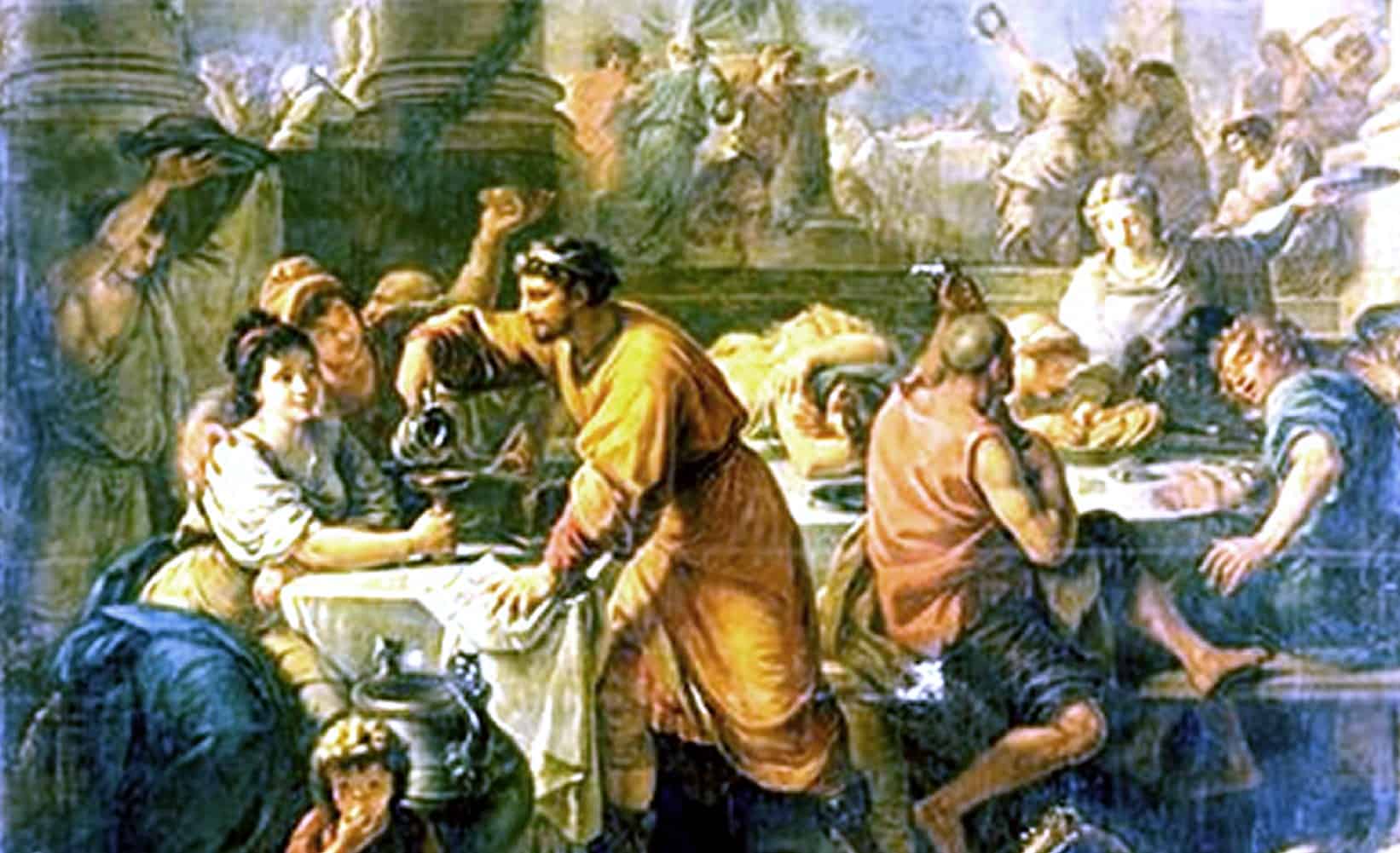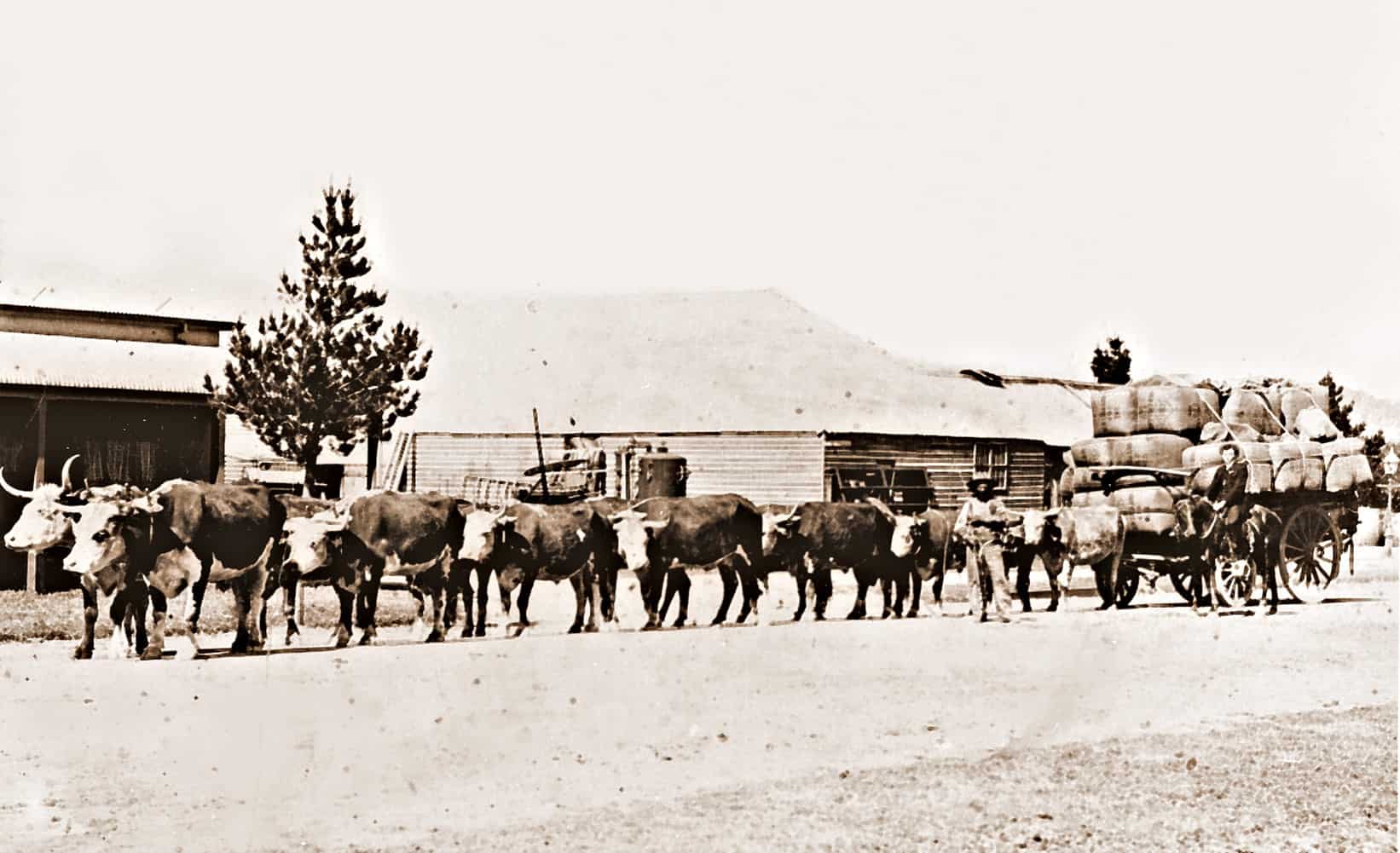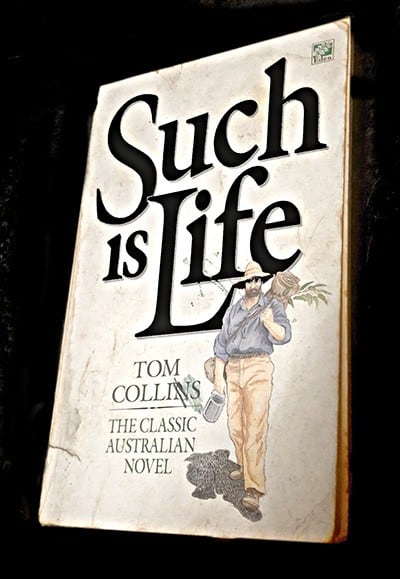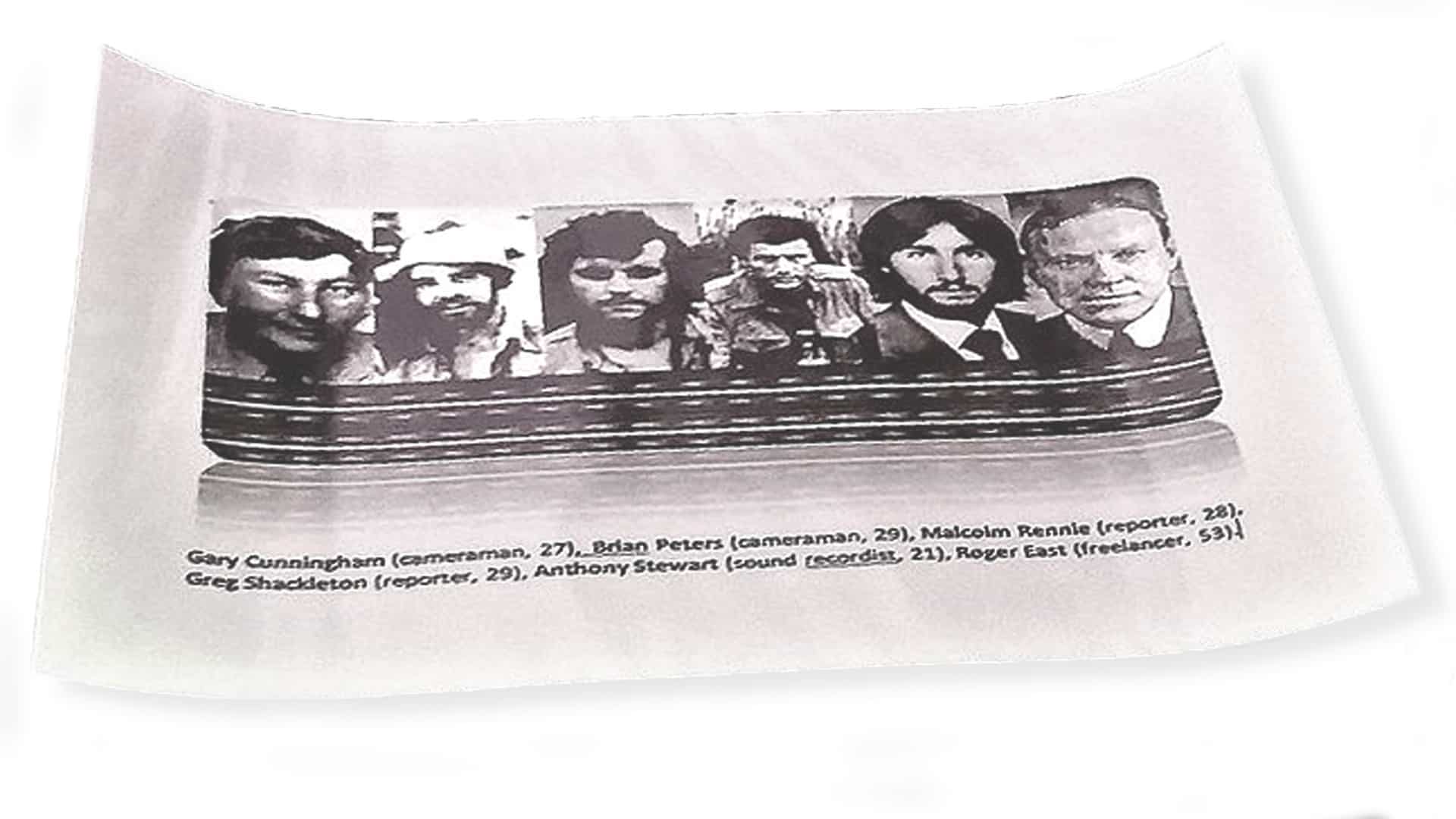Happy Saturnalia
Happy Saturnalia
Absolute relaxation and unrestrained merriment
This time of year is a traditional celebration of the birth of an extraordinary man – a long-haired mystic who revealed the secrets of the universe and forever changed the way we see the world. He is one of the most universally revered historical figures of all time.
Yes, 25 December (in the “Old Style“) is the birthday of Sir Isaac Newton.
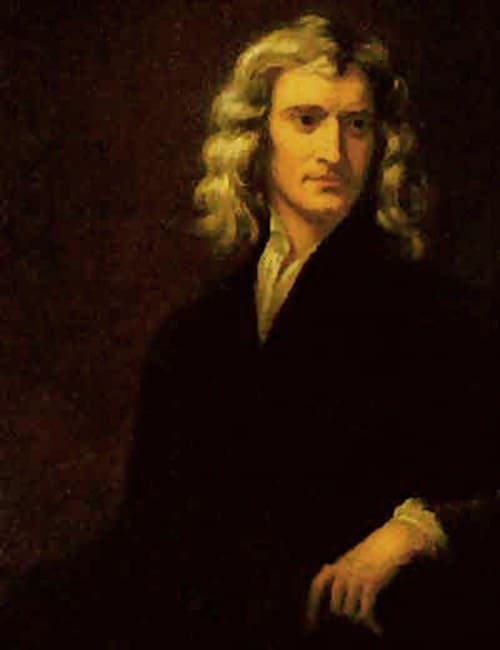
His birthday was retrospectively celebrated in antiquity by the Romans in the festival of Saturnus, or the Saturnalia
Or perhaps the birthday of Sol Invictus, the unconquered sun. Other cultures also celebrated the winter solstice as Yule, or the birthdays of various gods.
The Romans attributed to the god Saturnus the introduction of agriculture and the arts of civilized life. Falling towards the end of December, at the season when the agricultural labours of the year were fully completed, it was celebrated in ancient times by the rustic population as a sort of joyous harvest-home, and in every age was viewed by all classes of the community as a period of absolute relaxation and unrestrained merriment.
During its continuance no public business could be transacted, the law courts were closed, the schools kept holiday, to commence a war was impious, to punish a malefactor involved pollution. Special indulgences were granted to the slaves of each domestic establishment; they were relieved from all ordinary toils, were permitted to wear the pileus, the badge of freedom, were granted full freedom of speech, partook of a banquet attired in the clothes of their masters, and were waited upon by them at table.
All ranks devoted themselves to feasting and mirth, presents were exchanged among friends, cerei or wax tapers being the common offering of the more humble to their superiors, and crowds thronged the streets.
Seems oddly familiar…
It was Newton who formalised the importance of gravity in the motion of the planets and his laws remain largely the basis on which today we are able to compute the trajectories and forces to send spacecraft to explore our solar system. (with a little help from Einstein)
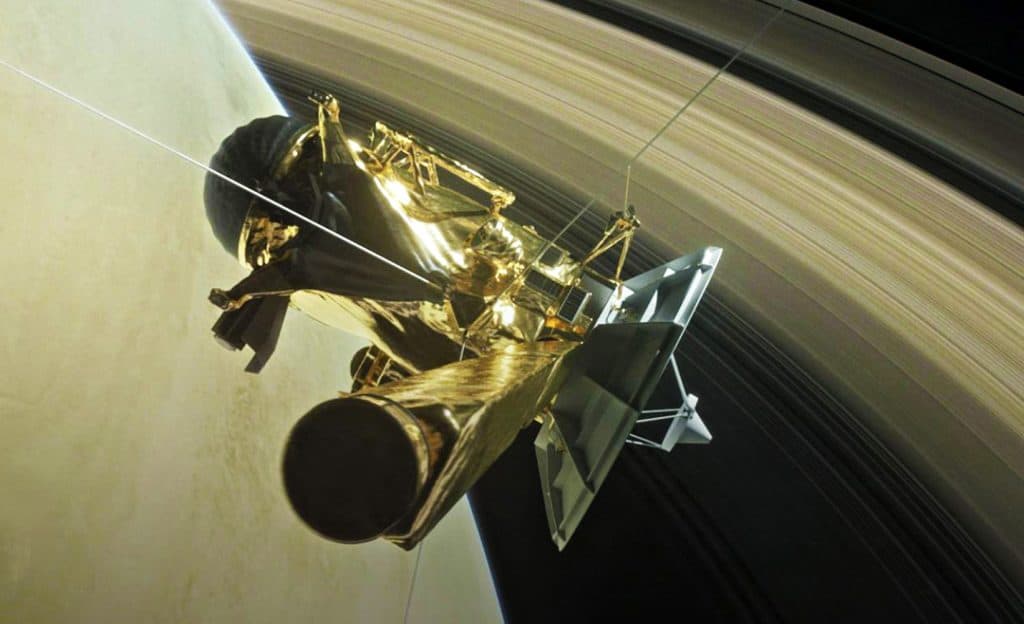
One of these craft, Cassini, has been exploring Saturn and its moons and sending back amazing images. Last year it sent back this extraordinary [mosaic] image:
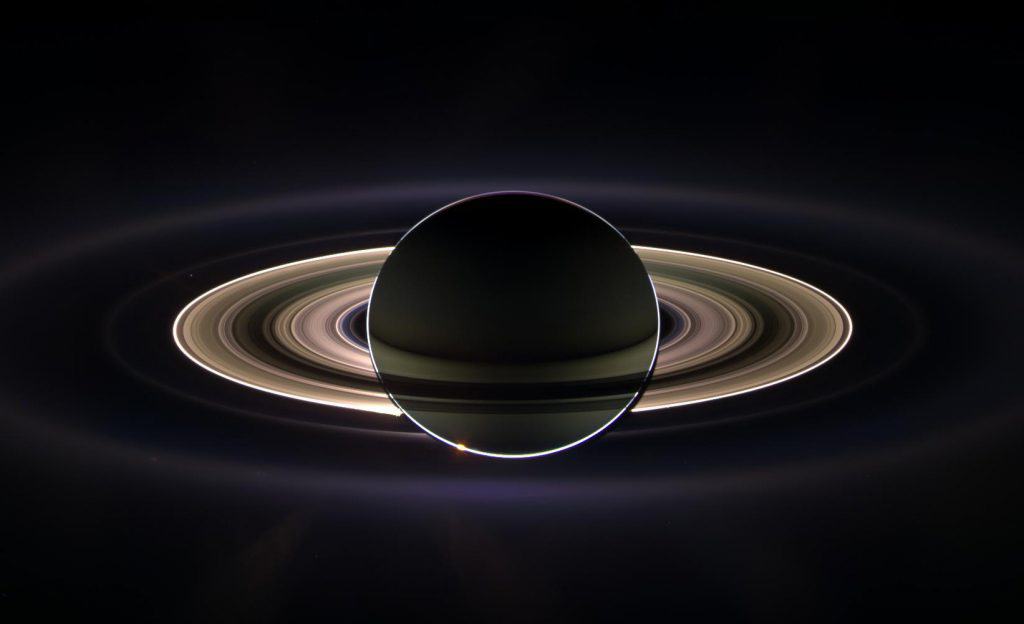
You will be able to notice this:
Interior to the G ring and above the brighter main rings is the pale dot of Earth. Cassini views its point of origin from over a billion kilometers (and close to a billion miles) away in the icy depths of the outer solar system.
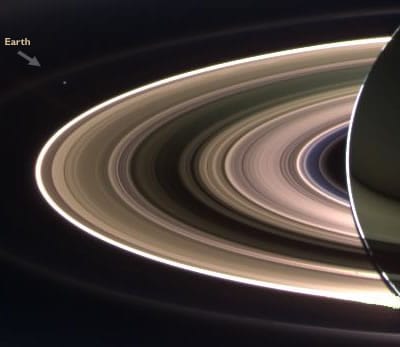
This image of Saturn is eerily reminiscent of a monument to Newton that was never built.
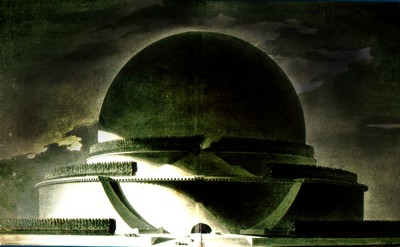
Étienne-Louis Boullée was a visionary French neoclassical architect whose work greatly influenced contemporary architects and is still influential today… His style was most notably exemplified in his proposal for a cenotaph for the English scientist Isaac Newton, which would have taken the form of a sphere 150 m (500 ft) high embedded in a circular base topped with cypress trees. Though the structure was never built, its design was engraved and circulated widely in professional circles.
So Happy Saturnalia to one and all!
And as our special seasonal gift to you, here are two videos to put a smile on the face of you, your friends and family:
Germany vs Greece: The Millennial Match
Women: Know Your Limits


